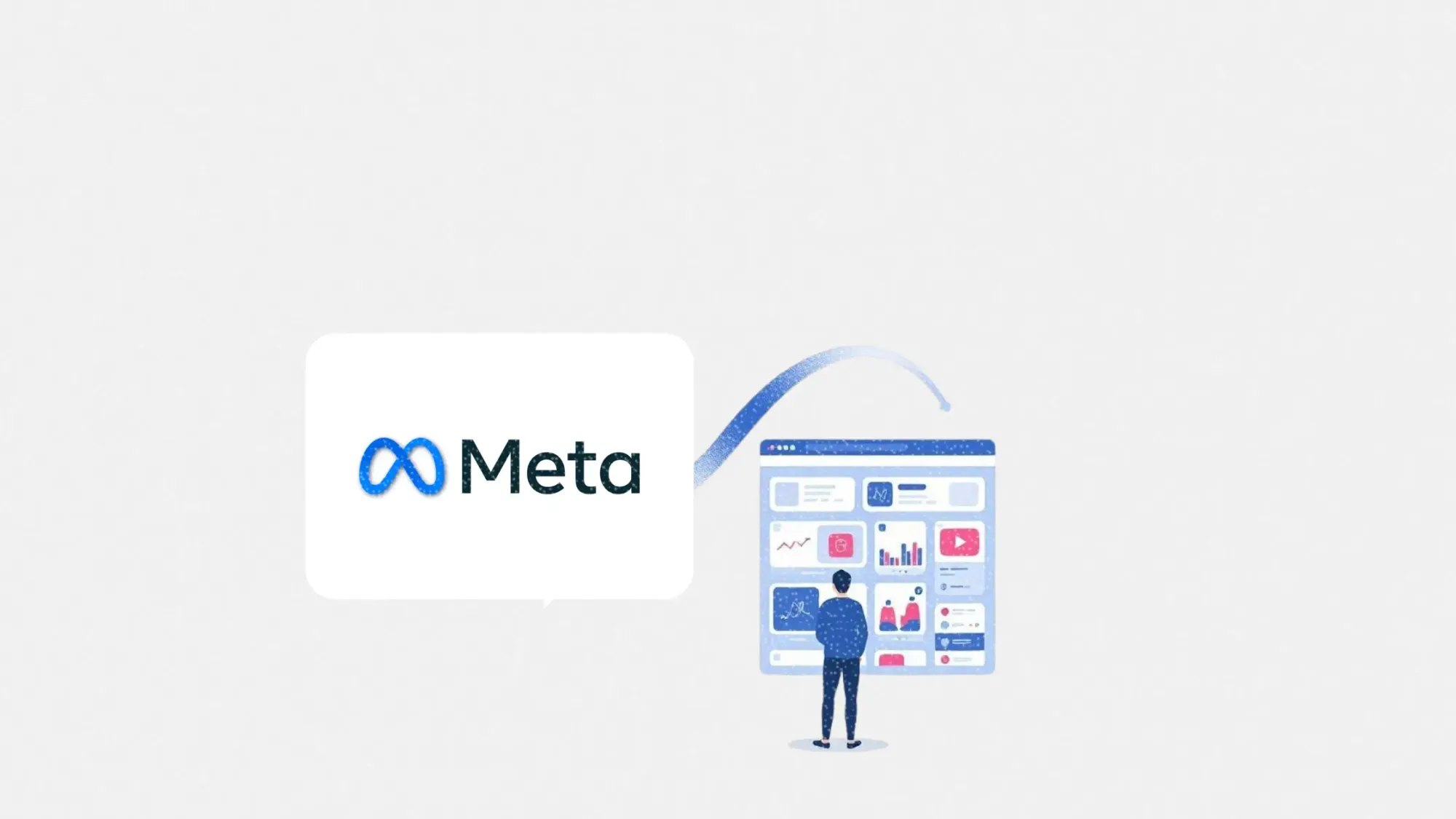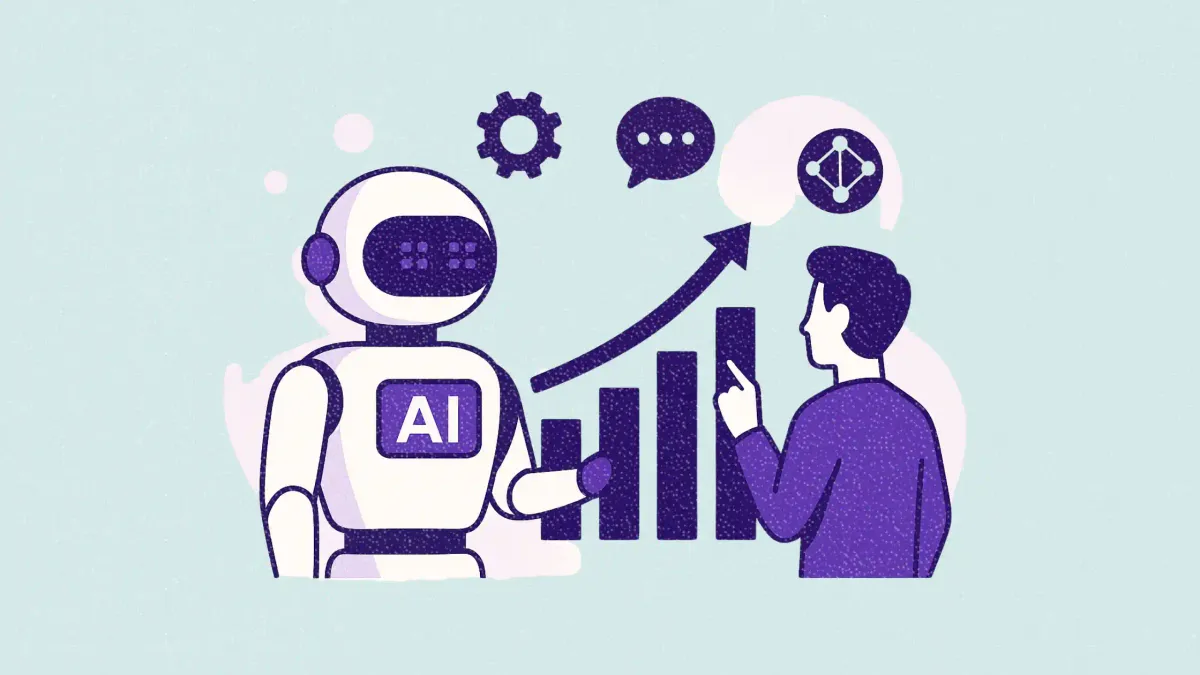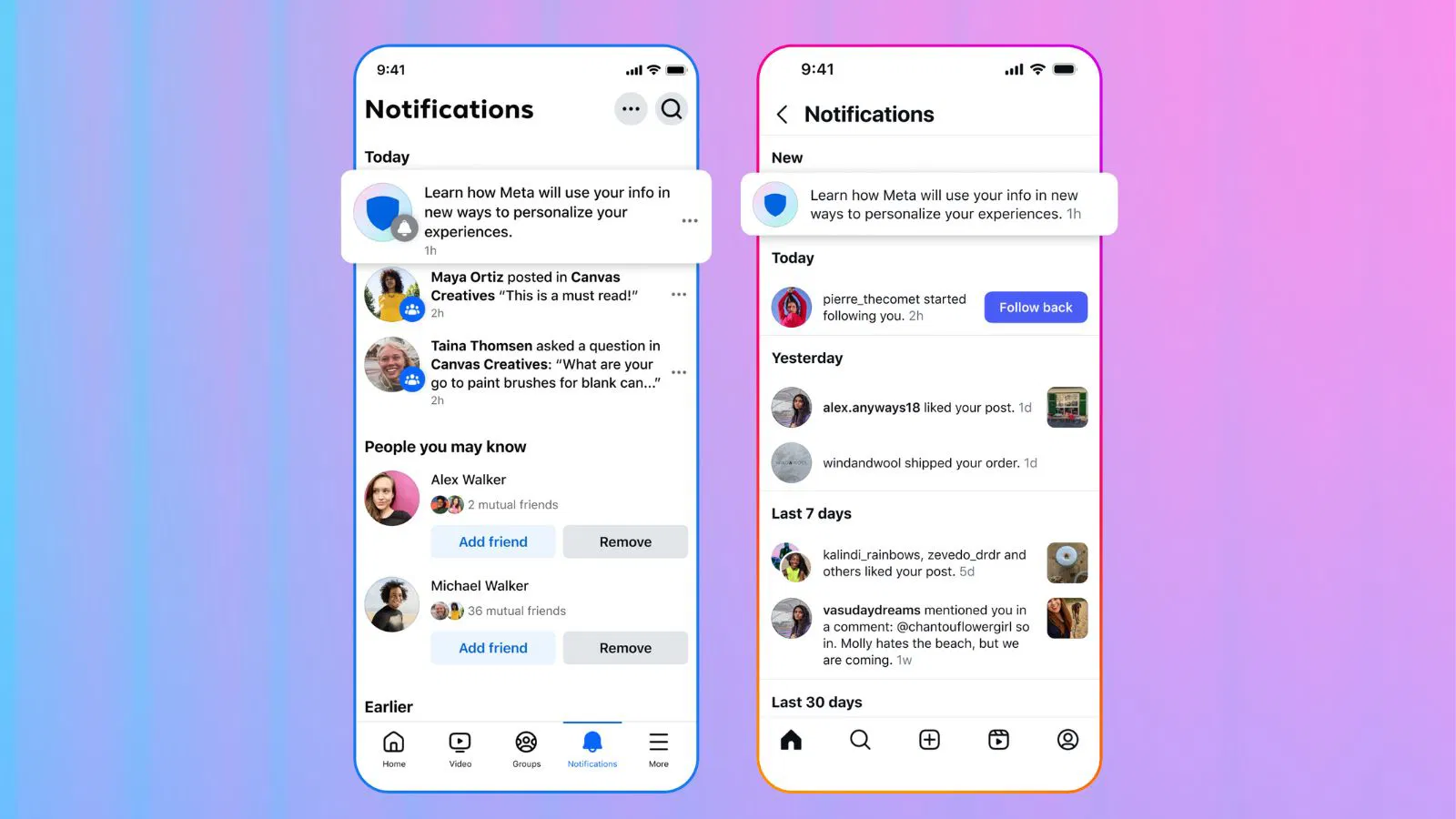Meta AI chats will now shape your ad feed
Meta’s AI chats will soon influence ads and content recommendations across Facebook and Instagram.

Meta is about to make your conversations with AI part of your advertising profile.
Starting 16 December, the tech giant will begin using interactions with Meta AI—its generative assistant available via text or voice—as another signal to determine what ads and content users see across its apps, including Facebook and Instagram.
This article explores how the change works, what Meta says about user control and privacy, and what marketers should consider as AI becomes a more embedded signal in content delivery.
Short on time?
Here’s a table of contents for quick access:
- What’s changing in Meta’s AI-powered personalisation
- Why this shift matters now
- What marketers should know and prepare for

What's changing in Meta's AI-powered personalisation
From 16 December, conversations users have with Meta AI will start influencing the content and ads shown across Meta’s platforms. Meta is positioning this as an evolution of how it builds personalised experiences, layering in AI interactions on top of existing signals like likes, follows, and post engagements.

According to Meta, the change will only apply to accounts linked through its Accounts Center. If a user hasn’t connected their WhatsApp account, interactions on that app will not influence recommendations on Facebook or Instagram.
The update was first announced via a blog post, with user notifications beginning on 7 October through in-app prompts and email.
More than 1 billion people already interact with Meta AI monthly. This integration marks the next step in the company's ambition to create more relevant and dynamic user experiences across its ecosystem.
Why this shift matters now
This update comes as part of Meta’s broader investment in generative AI across its product suite. Back in June, the company announced its plan to scale up AI tools under its Advantage+ and Business AI lines. These tools include capabilities like automated ad creative and conversational assistants for businesses.
Now, Meta is integrating those same AI conversations on the consumer side into its data mix.
This marks a fundamental shift. AI is no longer just a user-facing tool. It is now a data source that feeds back into the recommendation engine and personalisation algorithms.
Meta has said that sensitive data such as religion, sexual orientation, politics, health, and trade union membership will not be factored into ad targeting. It also noted that microphones are only activated with permission and only when a feature explicitly requires it.
Despite these guardrails, this kind of update may raise concerns about user autonomy and data ethics in digital marketing.
What marketers should know
As Meta weaves AI interactions into its targeting engine, marketers need to get ahead of both the opportunities and the risks. Here’s what to consider:
1. Expect more nuanced signals for targeting
AI chats can capture intent and interests that aren't visible through traditional social actions. If someone asks Meta AI about hiking routes or gear, that user could be placed in a hiking-related interest segment even if they never liked a related page.
Tip: Brands in niche verticals may see improved performance on interest-based targeting. Watch for shifts in performance metrics post-rollout.
2. More transparency will lead to more trust
As Meta adds AI chat data to its personalisation engine, marketers should double down on clarity in how and why data is used. While Meta is maintaining ad preferences and feed controls, brands should be mindful of how personal their messaging feels.
Tip: Refresh any privacy-forward language in lead-gen flows or campaign landing pages. A simple explanation of how your brand uses data can build long-term trust.
3. Be prepared for consumer scrutiny
Even with privacy protections in place, this update could spark user discomfort. The idea that a casual chat with AI might influence the ads they see may not sit well with everyone.
Tip: Keep an eye on social chatter and sentiment analysis during rollout. If trust dips, pull back from highly personalised messaging and lean into broader brand storytelling.
4. Anticipate cross-platform ripple effects
Since Meta AI lives inside Instagram, Messenger, WhatsApp, and Facebook, activity on one surface could impact others if those accounts are connected. This could subtly change how ad performance behaves across the Meta ecosystem.
Tip: Align your messaging across all Meta platforms and monitor which environments see the most lift from AI-assisted personalisation.
Meta’s use of AI chat data in its ad targeting model reflects a deeper shift in how data signals are sourced and used. For marketers, this is both a strategic opportunity and a call for ethical alignment.
As AI becomes a richer source of behavioural insight, brands that remain transparent, thoughtful, and audience-first will win the long game.




